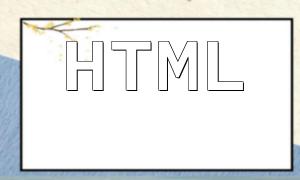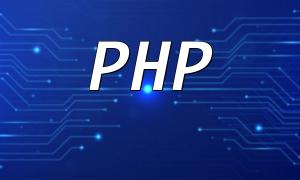As the internet rapidly grows, network security has become an increasingly serious issue. Cross-site scripting (XSS) attacks are one of the most common and dangerous types of attacks. Attackers inject malicious scripts into trusted websites, causing users' browsers to execute harmful code, thereby stealing sensitive information or hijacking user sessions. To ensure the security of websites and users, developers must adopt effective preventive measures.
XSS attacks occur when attackers inject malicious scripts into trusted websites, and these scripts are executed by users' browsers. Attackers can use this method to steal sensitive data like login credentials or personal information, and in some cases, even take full control of the user's session.
The filter_input function in PHP is a useful tool that allows developers to get input data from user requests and filter and validate it. This function can filter multiple inputs at once and allows for different filters based on requirements.
To prevent XSS attacks, we can use the filter_input function to filter user input and ensure that it doesn't contain malicious scripts.
Example code:
<?php
$input = filter_input(INPUT_GET, 'param', FILTER_SANITIZE_STRING);
echo "Filtered input: " . $input;
?>In the code above, the filter_input function is used to retrieve the 'param' input from a GET request. The FILTER_SANITIZE_STRING filter is used to remove any HTML tags from the input, thus preventing XSS attacks.
In addition to using the FILTER_SANITIZE_STRING filter, PHP provides several other filters that can be used to prevent XSS attacks.
Example code:
<?php
$input = filter_input(INPUT_POST, 'param', FILTER_CALLBACK, array('options' => 'htmlspecialchars'));
echo "Filtered input: " . $input;
?>In this example, we use the FILTER_CALLBACK filter and specify the callback function as htmlspecialchars. This function escapes special characters in the input, preventing the injection of malicious scripts.
Filtering input is just the first step in preventing XSS attacks. To ensure the data output is also secure, we need to perform output encoding.
Example code:
<?php
$input = filter_input(INPUT_GET, 'param', FILTER_SANITIZE_STRING);
$output = htmlspecialchars($input);
echo "Filtered and encoded output: " . $output;
?>By using the htmlspecialchars function, special characters in the input are converted to HTML entities, ensuring that the output data will not be interpreted as malicious scripts by the browser.
In real-world development, we should apply various filters based on the input type to ensure the security of the data.
Example code:
<?php
$input1 = filter_input(INPUT_GET, 'param1', FILTER_SANITIZE_STRING);
$input2 = filter_input(INPUT_POST, 'param2', FILTER_SANITIZE_EMAIL);
// Handle $input1 and $input2
echo "Processing result";
?>In this example, we use the FILTER_SANITIZE_STRING filter for one input and the FILTER_SANITIZE_EMAIL filter for another. By combining different filters, we can enhance the security of our application and better protect against XSS attacks.
In this article, we discussed how to use PHP's filter_input function to prevent cross-site scripting (XSS) attacks. By filtering and encoding user input data properly, we can significantly reduce the risk of XSS attacks. However, it's important to note that filtering and encoding are only part of the protection mechanism. Developers should also follow other secure coding practices, such as using prepared statements to prevent SQL injection attacks. By combining various security techniques, we can better protect both our applications and user data.









